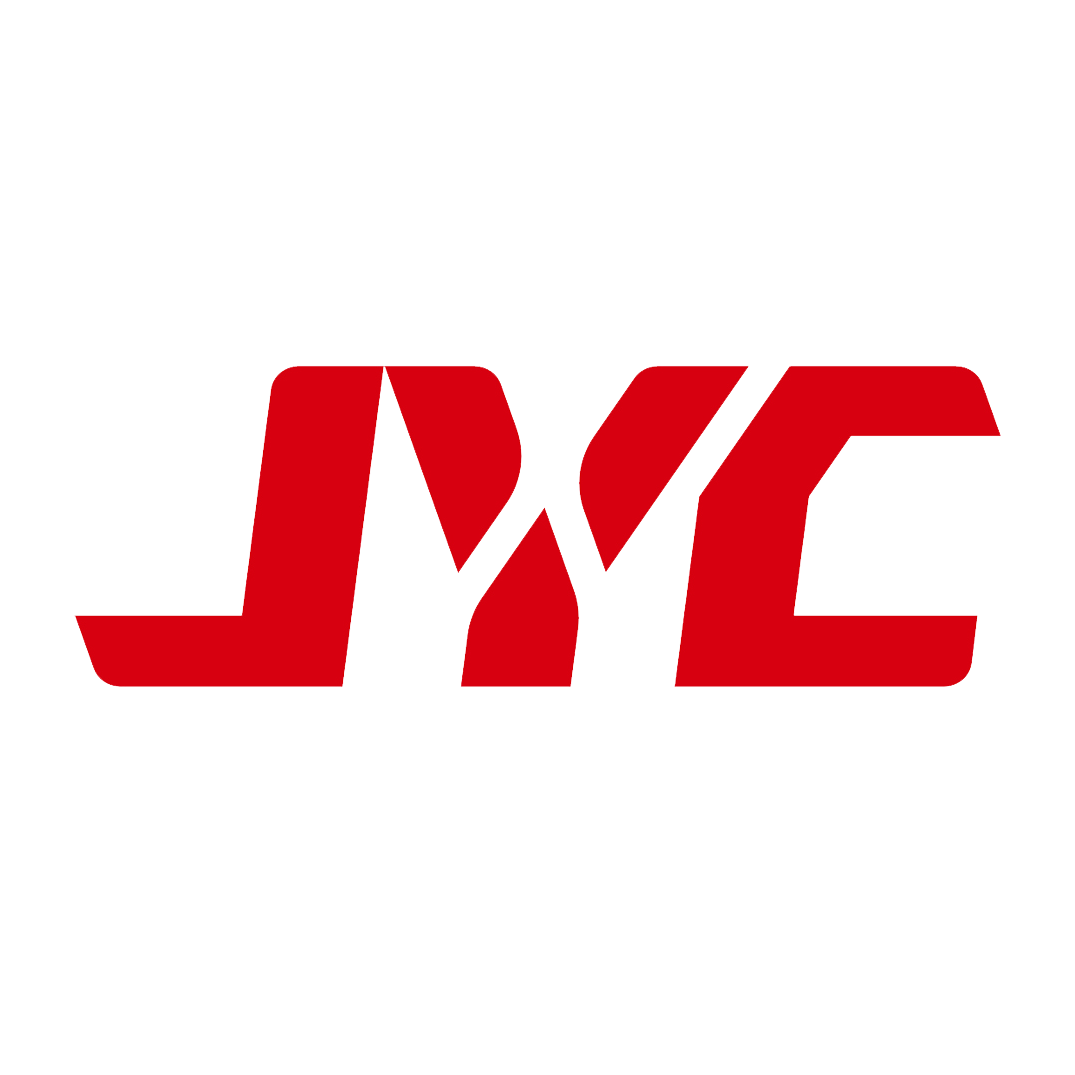
Tired of Slow Wood Frame Assembly? Is High-Frequency the Answer?
2024-12-05 17:08The assembly of wooden frames, a cornerstone of numerous industries from furniture manufacturing to construction, has traditionally been a time-consuming process. Effective methods like mortise and tenon joinery, nailing, and clamping, require significant time and labor, often limiting production capacity and increasing costs. This article explores the limitations of traditional methods and introduces high frequency frame assembly machines as a revolutionary solution for achieving rapid, efficient, and high-volume production.

Traditional Methods: A Time-Consuming Endeavor
Traditional wood frame construction relies heavily on manual processes:
Mortise and Tenon Joinery: This age-old technique involves precisely cutting interlocking joints, demanding significant skill and precision. The process is inherently slow and limits production speed.
Nailing: While faster than joinery, nailing requires careful placement to avoid splitting the wood and ensuring structural integrity. The process can be labor-intensive, particularly for complex frame designs.

Clamping: Regardless of the chosen joining method, clamps are typically necessary to hold the pieces together while the adhesive cures. This adds considerable time, especially when dealing with large quantities of frames. The curing time of traditional adhesives often dominates the overall production time.

These traditional methods, while producing strong and durable frames, suffer from inherent limitations in speed and scalability. The time required for each joint, the need for skilled labor, and the lengthy adhesive curing times significantly restrict production output, hindering the ability to meet growing market demands.
High Frequency Wood Frame Assembly Machines is an Innovative
High frequency wood frame assembly machines offer a huge shift in wood frame production. They leverage the power of high frequency energy to rapidly cure adhesives, dramatically reducing assembly time and enabling efficient, high-volume manufacturing. This innovative technology overcomes the limitations of traditional methods by:
Instantaneous Adhesive Curing: HF heat instantly cures the adhesive, eliminating the lengthy waiting period associated with traditional adhesives. This eliminates the need for prolonged clamping and significantly reduces overall assembly time.
Automated Assembly: HF wood frame assembly machine automates the glue application and assembly process, further reducing labor costs and increasing production efficiency.
Consistent Joint Strength: The rapid and even curing of the adhesive ensures consistently strong and durable joints across all frames, minimizing the risk of weak points or structural failures.
Increased Production Capacity: The combination of rapid curing and automation enables significantly higher production volumes compared to traditional methods, allowing manufacturers to meet increased demands and improve profitability.

Radio frequency wood frame assembly machines are transforming the woodworking industry, providing a solution for manufacturers seeking increased efficiency, reduced costs, and improved product quality. By eliminating the time constraints of traditional methods, these machines empower businesses to meet the demands of a fast-paced market while delivering superior quality wood frame products. The result is a more streamlined, cost-effective, and scalable approach to wood frame production, ready to meet the challenges of the modern manufacturing landscape.
